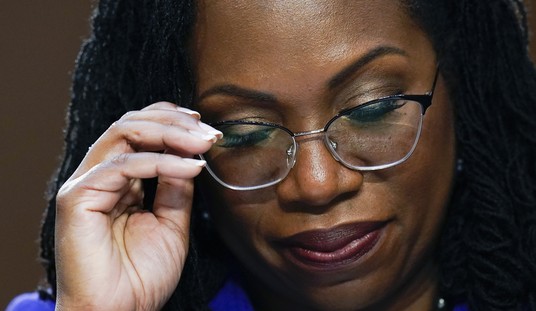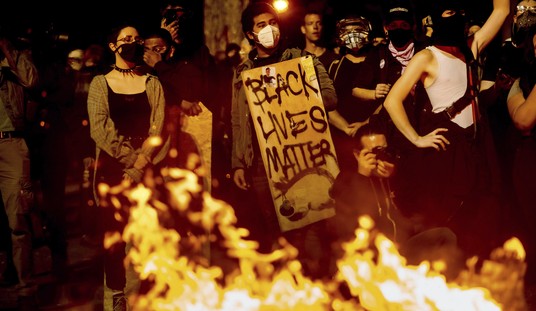Let’s revisit a little history from almost 20 years ago:
Loose monetary policies pursued by the Federal Reserve and the Bank of Japan brought large capital inflows into emerging markets, especially Asia. In 1994, Federal Reserve Chairman Alan Greenspan withdrew liquidity, resulting in a doubling of U.S. interest rates over 12 months.
In the 1994 ‘Great Bond Massacre’, holders of Treasury bonds suffered losses of around $600 billion. Trading losses led to the bankruptcy of Orange County in California, the effective closure of Kidder Peabody and failures of many investment funds.
The Fed’s move triggered a crisis in Mexico and across Latin America. It precipitated the Asian monetary crisis, requiring International Monetary Fund bailouts for Indonesia, South Korea and Thailand. Asia took more than a decade to recover from the economic losses.
Want to know why the markets rallied on Friday, after that lousy jobs report and all those downward revisions? Because it reduced the likelihood that the Fed would begin the long-dreaded “taper” of its $85-billion-dollar-a-month direct stimulus of the economy. We’re addicted to stimulus.
And more ominously, so are the weaker developing economies which depend on us.










Join the conversation as a VIP Member